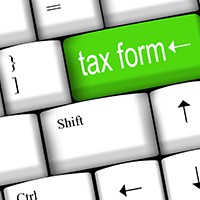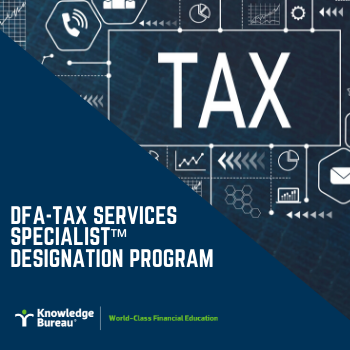Last updated: December 11 2019
The New BPA: Now Confirmed, It’s Complicated

Walter Harder & Evelyn Jacks
On December 9,2019, the new government has introduced the legislation to implement changes to the Basic Personal Amount (BPA). This is a broad-based tax change that should put more money into employees’ pockets every payday, and help to reduce quarterly or annual instalment remittances for others. But, it’s all very complex and the changes are scheduled to begin in 2020. There is a spoiler alert, however.
Unfortunately the payroll formulas for 2020 published by CRA on November 22 do not include any adjustment to the indexed basic personal amount. While the TD1 forms normally published in November are not yet available for 2020, it begs the question: when will withholding taxes be reduced to take into account these new changes?
If the change is implemented in payroll deductions beginning July 1 instead of January 1, employees will be overpaying for the first half of the year, possibly resulting in larger refunds for  2020.
2020.
Now to the complexity. The plan is to gradually increase the basic personal amount to $15,000 by 2023 for taxpayers with taxable income below the 29% tax bracket ($150,474 for 2020). Taxpayers in the 33% bracket (income over $214,368 in 2020) will see no enhancement to the Basic Personal Amount. Women would receive almost 6% of the nearly 1.1 million individuals taken off the tax rolls by the measure, says Finance Canada.
These changes will also mean that two other provisions on the tax return will increase: the Spouse or Common-Law partner amount and the Eligible Dependant (or Equivalent-to-Spouse) amount. Several other provisions based on the BPA will also be affected, as per the news release from Finance Canada:
- The Child Care Expense Deduction
- Eligibility to roll over proceeds from certain registered plans of a deceased parent or grandparent
- The definition "preferred beneficiary," in the case of certain trust rules
- The determination of the residency status of children dependent on certain individuals
As mentioned, draft legislation was introduced on December 9 to implement these changes. The changes must still be passed into law. The enhanced Basic Personal Amounts will be:
- For the 2020 taxation year, $13,229, (the enhancement is $931)
- For the 2021 taxation year, $13,808, (the enhancement is $579)
- For the 2022 taxation year, $14,398, (the enhancement is $590)
- For the 2023 and subsequent taxation years, $15,000 (the enhancement is $602)
So, rather than phasing the increases to the BPA in equally, there's a greater bump in the first year and the following three years appear to be equal with indexing.
Based on the legislation, you can expect that you’ll have to compute your basic personal amount on a worksheet. For 2020, the computation may look something like this:
|
1. |
Base amount |
$12,298 |
||||
|
2. |
Supplemental amount |
$931 |
||||
|
3. |
Your taxable income |
___________ |
||||
|
4. |
Income threshold |
$150,474 |
||||
|
5. |
Line 3 minus line 4 |
___________ |
||||
|
6. |
Applicable tax rate |
1.45% |
||||
|
7. |
Multiply 5 by line 6 |
___________ |
> |
___________ |
||
|
8. |
Line 2 minus line 7 (if negative enter zero) |
___________ |
> |
___________ |
||
|
9. |
Line 1 plus line 8 |
(maximum $13,229) |
___________ |
|||
|
Enter the amount from line 9 on your return. |
||||||
The Parliamentary Budget Office estimates the cost of these changes to be as follows:
|
YEAR |
2019-2020 |
2020-2021 |
2021-2022 |
2022-2023 |
2023-2024 |
2024-2025 |
2025-2026 |
2026-2027 |
2027-2028 |
2028-2029 |
|
$millions Total |
662 |
2,890 |
3,861 |
4,855 |
5,664 |
5,849 |
6,015 |
6,201 |
6,391 |
6,585 |
These tax changes appear to add a new “clawback zone” and with it some higher marginal tax rates for incomes over $150,474.
Additional educational resources: Interested in learning more about personal tax issues? Take our online courses from the DFA-Tax Services Specialist™ designation program. Or, come to one of our CE Summit workshops for an in-person learning experience.
COPYRIGHT OWNED BY KNOWLEDGE BUREAU INC., 2019.
UNAUTHORIZED REPRODUCTION, IN WHOLE OR IN PART, IS PROHIBITED.

